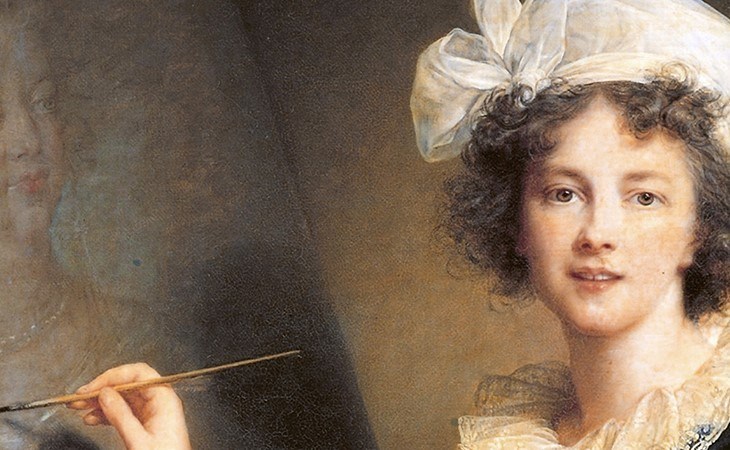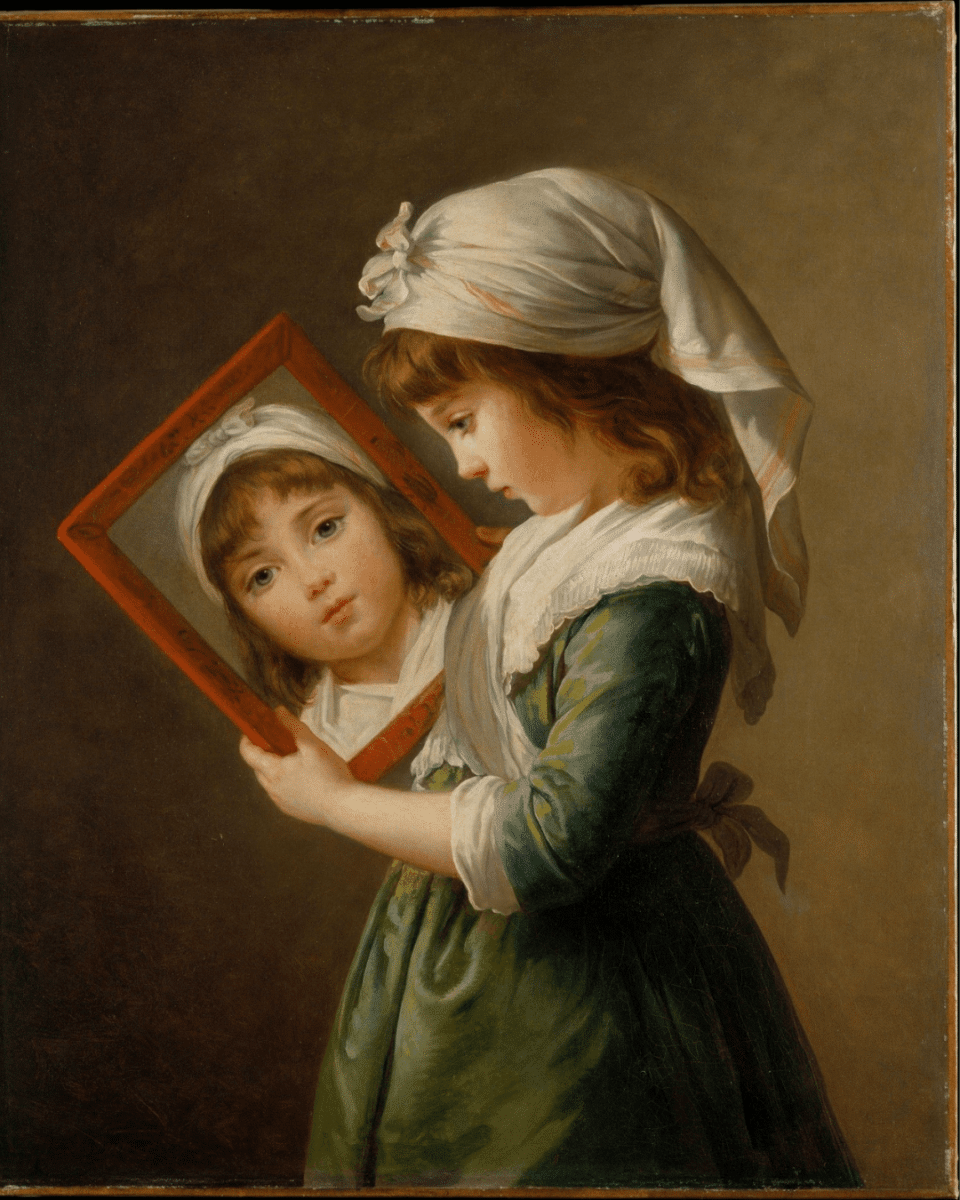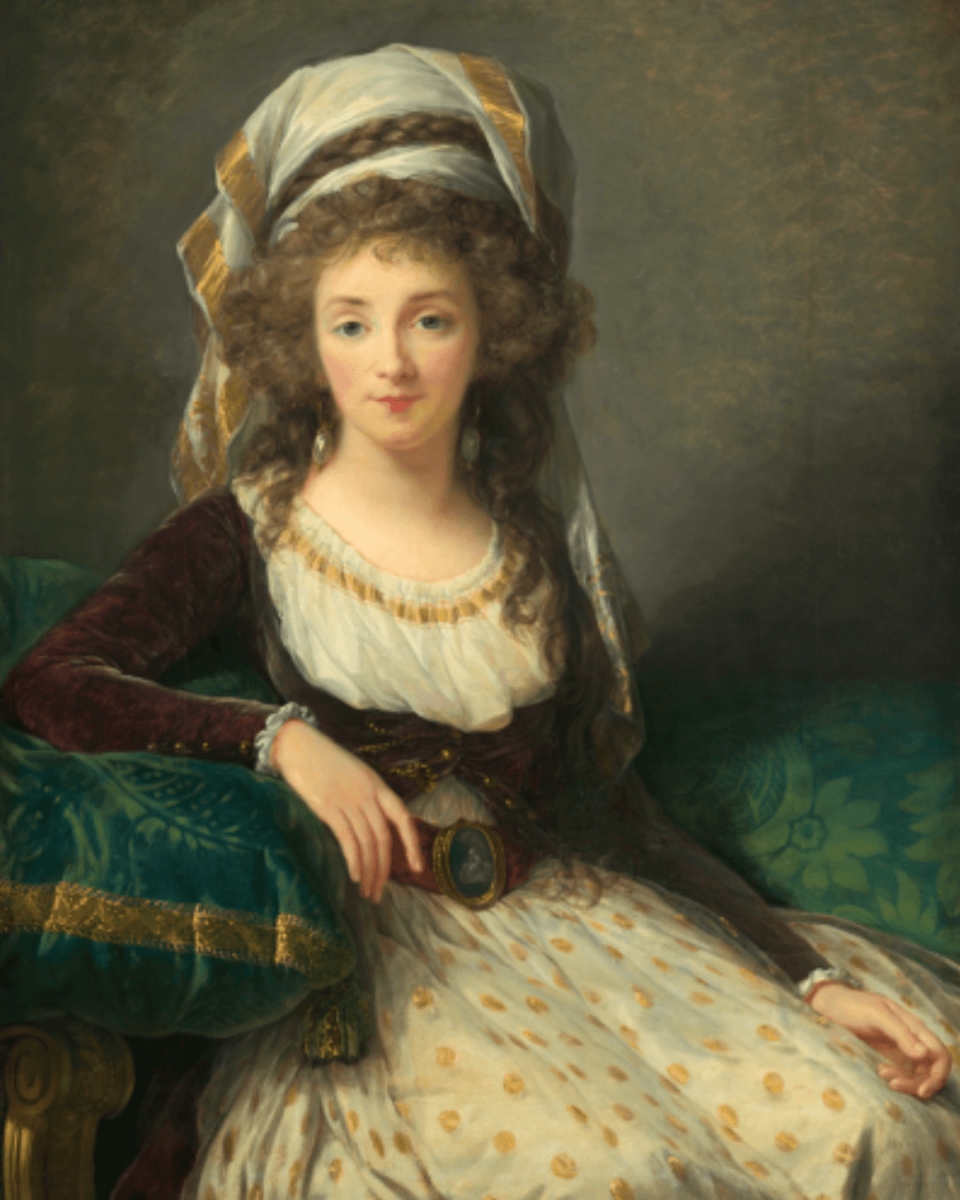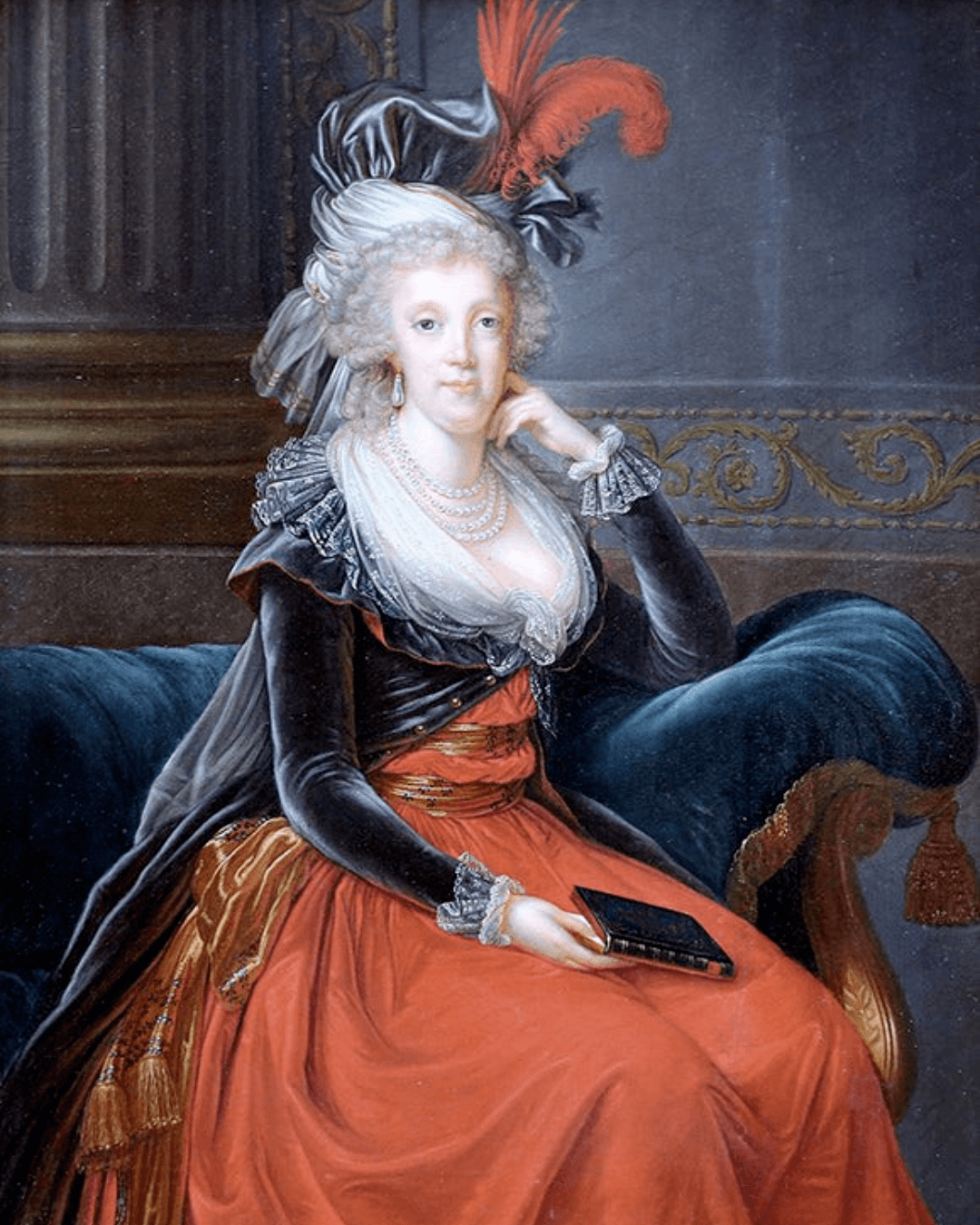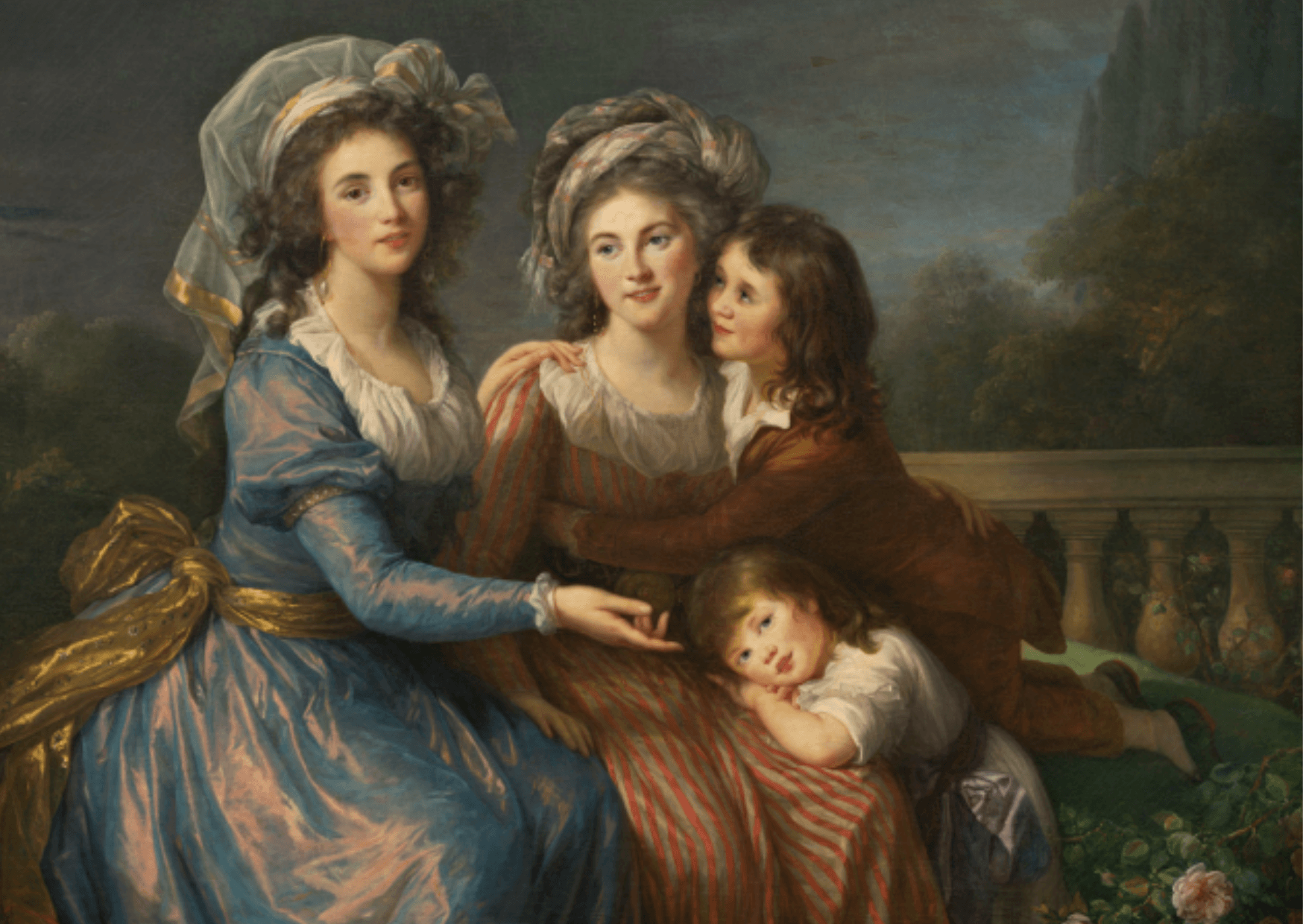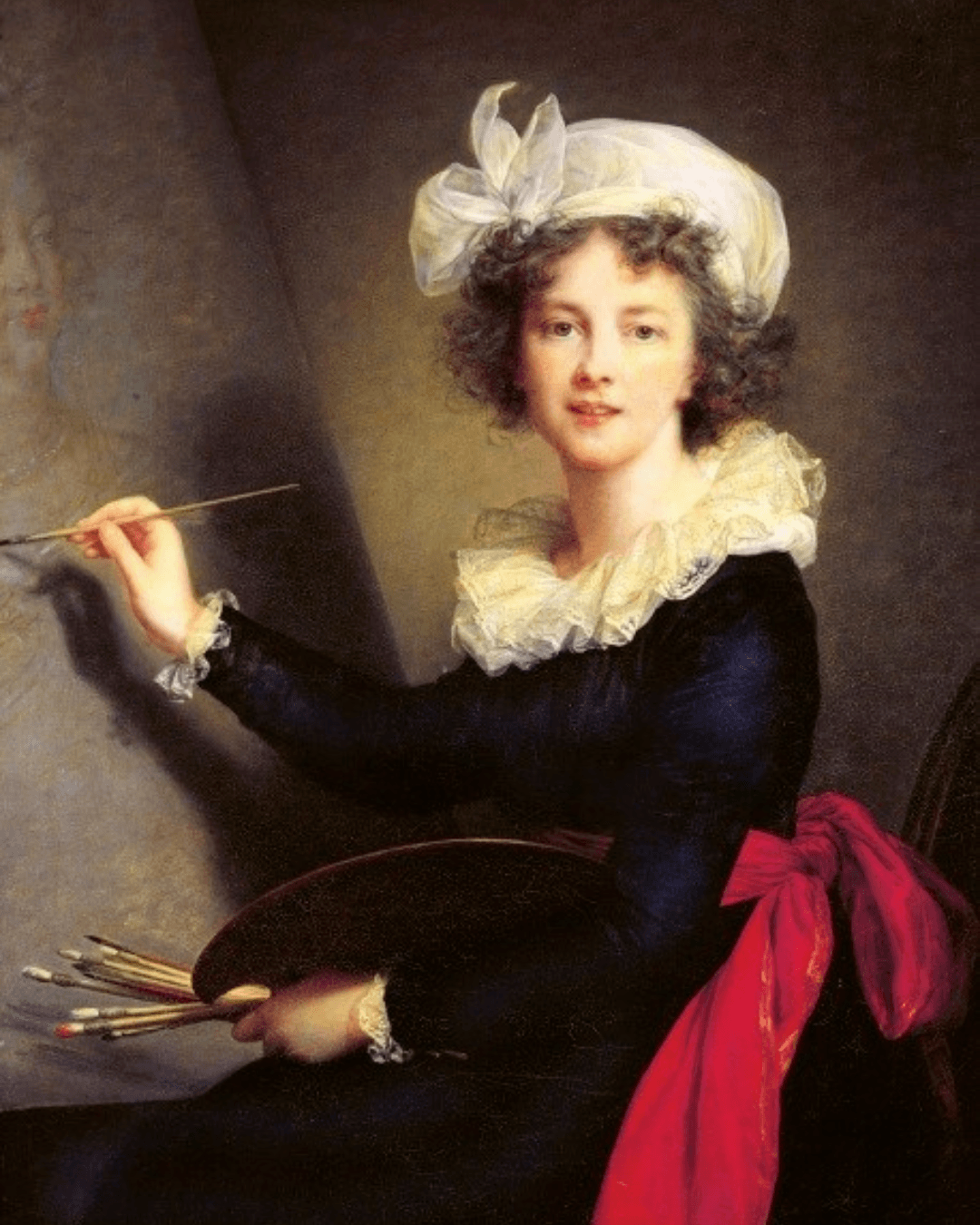Exploring the stories of female artists and their creations always inspires us. We’d like to celebrate the life and works of 18th century French artist, Elisabeth Louise Vigee Le Brun (1755-1842), whose extraordinary achievements were against all odds. A revolutionary and influential artist, Vigee Le Brun is an example of a modern woman during the time of a male dominated society.
Vigee Le Brun was a child prodigy, showing serious talent in her artistic skills from a very young age. Her father, also an artist, taught and influenced her painting skills and creativity. Sadly, her apprenticeship under her father abruptly ended at the age of twelve when he died and because of this, she is viewed as a self-taught artist.
By the age of fourteen Vigee Le Brun gained the title of a professional portraitist, as she began to paint aristocrats and the court. She dominated the European portraitist market which at the time, was filled mainly with older male artists, who had exposure to more lessons and teachings. By her twenties she was the favoured painter of Marie Antoinette.
The journey was not easy. In Vigee Le Brun’s twenties, she had her paint and brushes confiscated because she was not yet a part of a guild or the academie, which did not admit women. She had married and divorced an art dealer who gambled too much which then left her with no choice but to leave and take their child. Vigee Le Brun financially and independently supported her child as they travelled through Europe. In her 30s she fled to Italy because of her association to Marie Antoinette during the French Revolution in 1789.
Vigee Le Brun is seen as a modern woman with progressions in her career. Many of her portraits represent her values and life as she paints more maternal and tender portraits. She is one of the only artists who is able to convey these maternal emotions and female empowerment within her works. She painted over 660 portraits and 200 landscapes in her lifetime!
Here in her ‘Self Portrait in a Straw Hat’, Vigee Le Brun painted herself confidently and with prestige. The portrait declares she is a woman and an artist who can be successful in both roles.
We can meet Vigee Le Brun through her self portraits: “I painted myself with a palette in hand, in front of a canvas on which I am drawing the queen in white chalk.” Both her subject and her elegant black silk gown were intended to evoke the power and prestige of her position as a painter to the king of France. “The scarlet sash adds a bold touch”.
Women’s paintings could only be exhibited in the salon. They were not allowed the teachings, experiences, or exposures men had within the lessons of the academie. Eventually Vigee Le Brun was admitted into the academie, becoming one of the only four female members.
Today, you can view the paintings of Vigee Le Brun at The National Gallery in London, The Louvre in Paris, The National Gallery in Washington DC as well as The Metropolitan Museum of Art in New York City. We hope you’ll have a chance to get out and about to experience Vigee Le Brun’s extortionary works.


